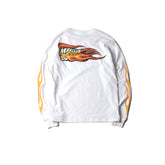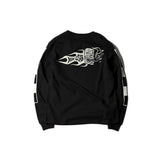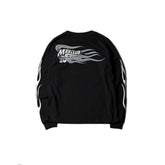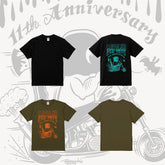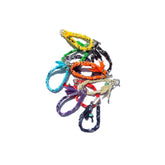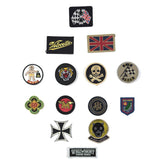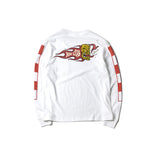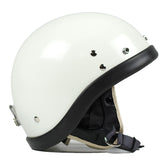COIN SILVER, the original silver raw material for antique Indian silver jewelry

Current silver jewelry is 999 sterling silver, and some antique Indian silver jewelry can be printed with Sterling, which represents 92.5% silver content and 7.5% copper, which is also known as 925 grain silver, but have you heard of Coin Silver?
Although Coin Sliver and Silver Coin appear to be the same, they are actually different. For antique Indian silver jewelry, collectors will refer to Indian silver jewelry made from U.S. silver coins before 1964 as Coin Silver, and later as Sterling Silver.

Looking back at the early history of the United States, before the mid-19th century, silver was still a very scarce and expensive metal. Apart from silver tableware, the most convenient way for local silversmiths to obtain silver raw materials was silver coins! In particular, the impact of the gold rush in 1855 caused the price of silver to rise relative to gold, making the practice of melting silver coins more cost-effective.

Currencies that have been in circulation since the colonial period, such as Mexican pesos, pounds, francs, and the popular Spanish silver dollar (because of its pure quality and fineness, it was still legal tender in the United States after independence until 1857), are all raw materials that silversmiths can use .
The silver content of silver coins in these different regions varies. Among them, Pound Sterling established a 92.5% silver content specification as early as 1300 AD. That's right! It was also the Sterling Silver standard that was later followed by the United States.

At that time, silver coin engravings could often be seen in the works created by hammering. There are also jewelry pieces that are made by mixing different silver coins into silver ingots and then processing them. Because of the different silver content, they have a special metallic luster compared to ordinary sterling silver jewelry.

(Via/ Silver Ingots )
It was not until 1859 that the first silver mine, Comstock Lode, was discovered in Nevada. Before that, the silver products seen in the United States, such as silver dinner plates, candlesticks, spoons and even silver ingots, were all "finished products" imported from Europe.
 (Via/ Paul Revere House )
(Via/ Paul Revere House )
The considerable output of silver produced after the 1870s has made the price of silver no longer out of reach. Some local silversmiths in the United States who make silverware have also switched to using Sterling Silver standard silver ingots instead of Coin Silver. After all, the golden age after the Civil War made the United States surpass the United Kingdom to become the most economically powerful country. As a symbol of wealthy people, silverware is bound to maintain a certain level of sophistication.

However, for the disadvantaged Indians at that time, silver jewelry was only made for their own decoration or exchange items to make a living. Since it was impossible to hoard silver, they could only take out the silver coins in their pockets. !

After the United States promoted the Destruction of National Currency Ordinance in 1890, Indian silversmiths switched to Mexican pesos. Due to the higher silver content, the softer metal properties made it easier to strike, stretch and shape, and it was also lighter. The blue metallic luster is also different from the light yellow metallic luster commonly produced with U.S. silver coins.

At the end of the 19th century, Fred Harvey also began to provide Sterling to employed Indian silver to cope with the increasingly developed tourism industry, and Coin Silver was gradually replaced. Although many people only pay attention to the shape and appearance of silver jewelry, it is undeniable that Coin Silver is definitely the most difficult and special representative of the original Indian silver jewelry.

For us, CHOOKE is the best representative that can perfectly interpret Coin Silver today!
Abandoning the purchase of ready-made silver plates, silver sheets, and silver nuggets, we completely follow the ancient Indian silver-making methods and traditional processing techniques such as stamped and repousse. The works presented are like antique Indian silver jewelry. The good old days.

However, while following the ancient methods, he broke the mold and re-presented the appearance of Native American Jewelry with new ideas, whether it was combining the embossing art of Hobo Nickel coins or retaining the feathers created by different eagle shapes on American silver coins. Each series of works has a unique and distinctive Chooke style, which makes you completely admire and like it.
